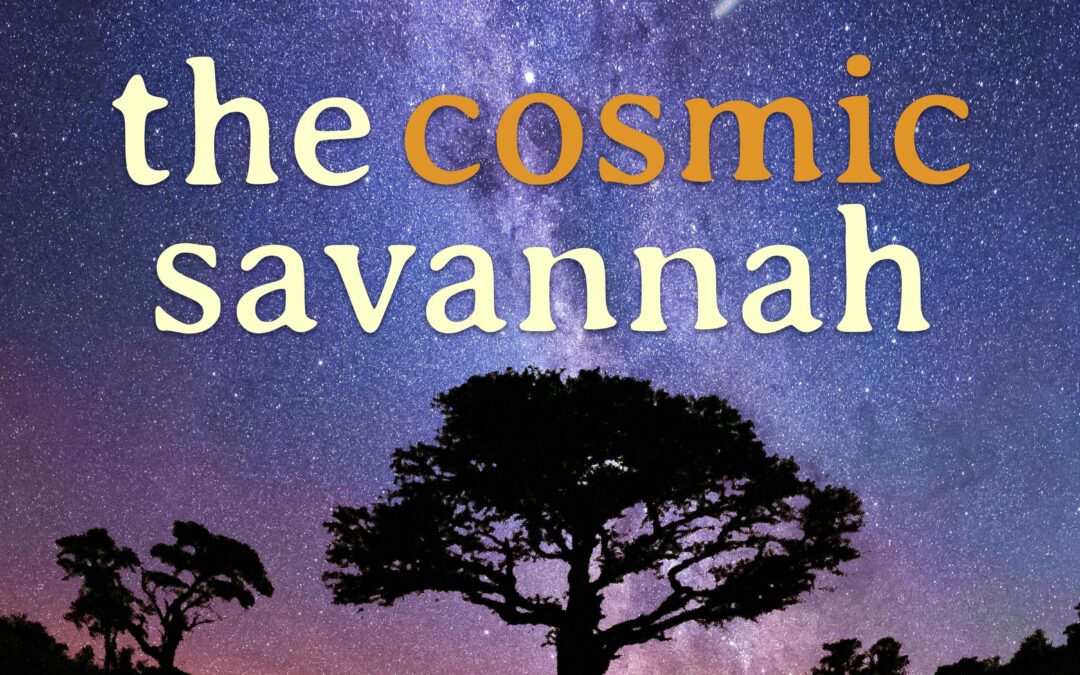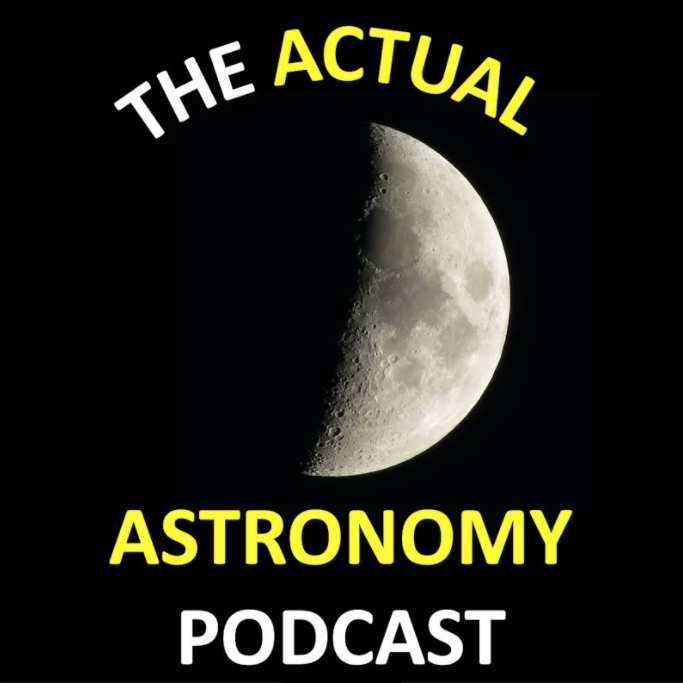Have you ever played a connect-the-dots game? Recently, astronomers noticed a mysterious spiral pattern hiding around a baby star. But instead of dots, the pattern was made up by a strange kind of physics phenomenon called masers!


Have you ever played a connect-the-dots game? Recently, astronomers noticed a mysterious spiral pattern hiding around a baby star. But instead of dots, the pattern was made up by a strange kind of physics phenomenon called masers!

We know trips in space will take a long time. Can we go to sleep for the journey and then wake up when we arrive?

Are we alone in the cosmos? Do aliens exist? How are we looking for them? And how long will it be before we know for sure? Well, we’re searching every corner of space for alien microbes or signals from ET.


Data from the Hubble Space Telescope has determined that the newly discovered companion of a star that went supernova had its outer hydrogen layer siphoned off before the explosion. The results support the theory that massive stars generally form and evolve as binary systems

Today we’re going to give you a guided tour of building planets. How they form, how they grow, and how things can go horribly horribly wrong.

The first alien object to observed visiting our solar system arrives from truly deep space and leaves us with the mystery of what it is and how it got that way. Plus intriguing features which change with the Martian seasons.

In this episode we are joined first by Dr. Tariq Blecher and then by Shilpa Ranchod who talk to us about the clever ways they are trying to capture the elusive signals of hydrogen gas in the distant Universe.

Join us today as @ActualAstronomy discuss about creating photographic-like sketches through 28-inch portable reflector with Howard Banich

Baby stars form when thick clouds of gas and dust fall into themselves or collapse due to gravity. Not all of the material collapses to form a baby star.